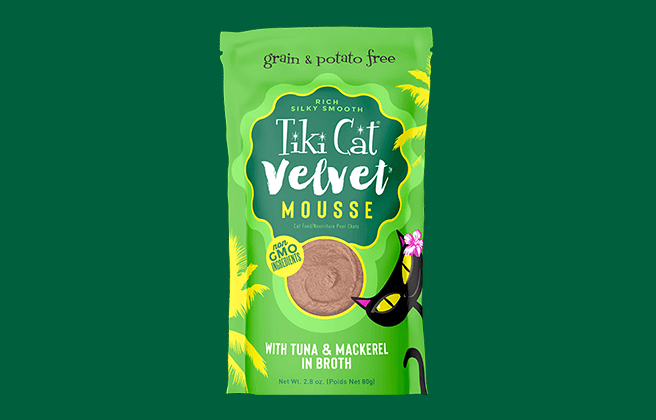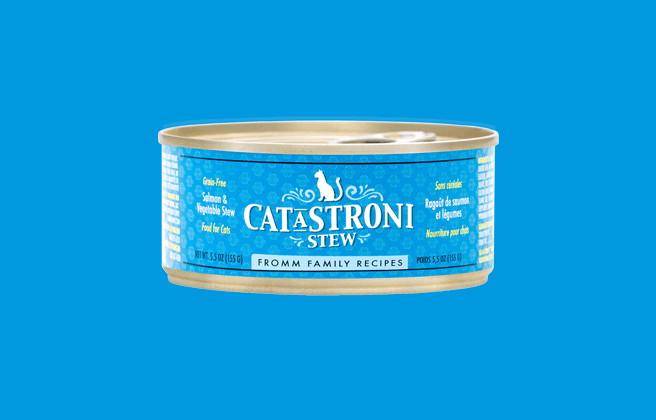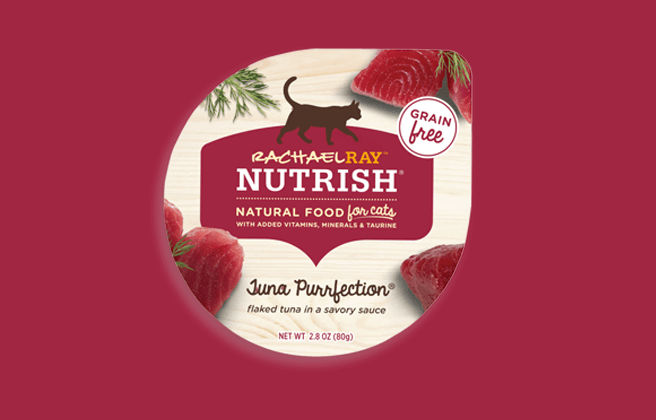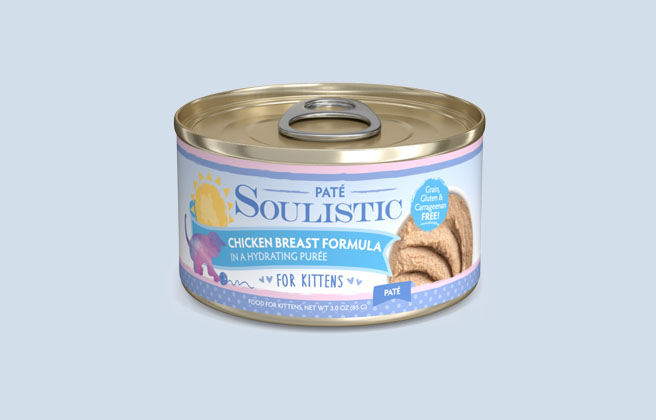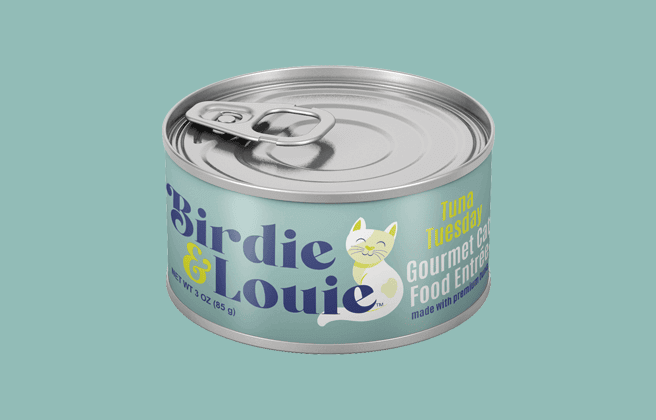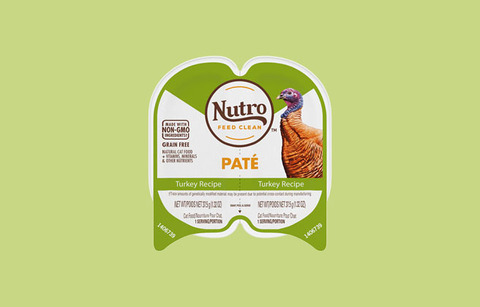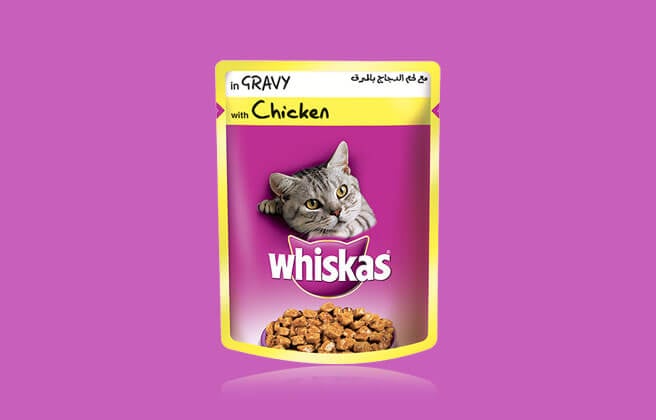
Our Verdict
Whiskas pouches wet product range consists of three recipes with ratings varying from 2.5-4 stars. The average rating for the overall range is 3 stars.
This range of food lists gravy made from thickening agent as the first ingredient. Protein content is good and carbohydrates are high in two recipes. This food provides a reasonable food choice.
Pros
- High in moisture
- Added vitamins and minerals
- Comes in convenient pouches which are easy to serve from
Cons
- Thickening agents listed as the first ingredient
- Meat by-products used
- Carbohydrate relatively high
The table below shows each recipe in the range including our rating and the AAFCO nutrient profile: Growth (kitten), Maintenance (adult), All Life Stages, Supplemental or Unspecified.
| Product line | Rating | AAFCO |
|---|---|---|
| Whiskas® pouch with Chicken in Gravy | 2.5 | G&M |
| Whiskas® pouch with Beef in Gravy | 2.5 | G&M |
| Whiskas® pouch with Tuna in Jelly | 4 | G&M |
Recipe and Label Analysis
Whiskas® pouch with Chicken in Gravy recipe was selected to represent the other products in the line for a detailed recipe and nutrient analysis.
Label and nutrient data below are calculated using dry matter basis.
Whiskas® pouch with Chicken in Gravy recipe
Estimated Dry Matter Nutrient Content
Protein
Fat
CarbsCarbohydrates
Gravy - thickening agents (modified starch, vegetable gums), animal origin material - (chicken, liver, meat by products), food additives (natural flavour, sodium tripolyphosphate, salt, taurine, disodium edta), coloring & color fixative agents (color, sodium nitrite), soybean oil, vitamins and minerals.
Fiber (estimated dry matter content) = 1%
Red denotes any controversial items
Ingredients Analysis
The first ingredient is thickening agents (modified starch, vegetable gum). The source of this starch is unknown but it is most likely derived from corn or wheat. Without more information, it’s impossible to adequately judge the quality of this ingredient.
Vegetable gums are a plant extract used here as a gelling agent and providing no nutritional value to this food. Some gums contribute fiber to the food. Without knowing what kind of gum this is, we can’t give more details.
The second ingredient is animal origin material – (chicken, liver, meat by products). Chicken is considered “the clean combination of flesh and skin derived from the parts or whole carcasses of chicken”. 1
Chicken is naturally rich in the 11 essential amino acids required by a cat to sustain life.
Normally, the liver can be considered a quality component. However, in this case, the source of the liver is not identified. For this reason, it’s impossible to judge the quality of this item.
Meat by-products, an item made from slaughterhouse waste. This is what’s left of slaughtered animals after all the prime striated muscle cuts have been removed.
With the exception of hair, horns, teeth and hooves, this item can include almost any other part of the animal. 2
The meat itself can come from any combination of cattle, pigs, sheep or goats — which can make identifying specific food allergies impossible.
Although most meat by-products can be nutritious, we do not consider such vaguely described (generic) ingredients to be as high in quality as those derived from a named animal source.
The third ingredient is natural flavors. Natural flavors doesn’t give us much information about the particular ingredients included in this cat food for flavoring purposes.
We’re pleased that the flavorings used are natural, but more details are required to give any further information about these natural flavoring ingredients. Flavorings are used to make the foods more appealing and tasty for our cats.
The fourth ingredient is tripoly-phos: sodium tripolyphosphate, a supplemental source of both sodium and phosphorus. Sodium and phosphorus are each considered essential minerals.
The fifth ingredient is salt, (also known as sodium chloride). Salt is a common additive in many cat foods. That’s because sodium is a necessary mineral for all animals – including humans. Salt can often be found in cat foods to promote cats to drink more water too. This is a means of increasing their hydration and diluting their urine which helps to reduce the likelihood of urinary stones forming.
However, since the actual amount of salt added to this recipe isn’t disclosed on the list of ingredients, it’s impossible to judge the nutritional value of this item.
The sixth ingredient is taurine, an essential amino acid for cats associated with the healthy function of heart muscle and eye sight, and is crucial for maintaining good health in cats.
We view the presence of Taurine in this recipe as a positive addition.
The seventh ingredient is disodium edta. Disodium EDTA is a feed additive. It’s used in food to preserve flavor, color and texture. Disodium EDTA also works as a chelating agent. This means it binds to metals and prevents them from participating in chemical reactions that might cause discoloration or flavor loss.
The eighth ingredient is coloring & color fixative agents. We are always disappointed to find artificial coloring in any pet food. That’s because coloring is used to make the product more appealing to humans, not your cat. After all, do you really think your cat cares what color their food is?
From here the list goes on to include a number of other items. But to be realistic, ingredients located this far down the list (other than nutritional supplements) are not likely to affect the overall rating of the product.
Nutrient Analysis
Based on its ingredients alone, Whiskas® pouch with Chicken in Gravy recipe looks like an average wet product.
The dashboard displays a dry matter protein reading of 44.4%, a fat level of 16.7% and an estimated carbohydrate level of 30.9%.
As a group, the brand features an above-average protein content of 52.7% and a near-average fat level of 16.2%. Together these figures suggest a carbohydrate content of 23.1% for the overall product line, alongside a fat to protein ratio of 32%.
This means that Whiskas Pouches contain higher than average protein, lower than average carbohydrate and near-average fat, when compared to typical wet cat food.
Final Word
This range of food comes in pouches which are convenient for storage and serving. The ingredients used are not of high quality, although the protein provision is still good.
Has Whiskas Pouch Wet cat food been recalled in the past?
Yes. After 60 years in the industry, Whiskas announced its first voluntary recall, which involved several varieties of dry cat food sold in Canada.
The company attributed the 2021 recall to a raw ingredient not meeting their quality standards, but retailer Costco Wholesale revealed that the cause was the potential for mycotoxin contamination.
You can view a complete list of all cat food recalls since 2021 here.
To stay on top of any cat food product recalls, sign up for our free email alerts, here.
About
The brand Whiskas was created in 1936, although at that point it was called Kal Kan. It was one of the first pet food brands to ever be produced. The brand’s name changed to Whiskas in 1988.
It is owned by Mars Petcare, which also owns other popular brands such as Iams and Nutro.
Some of its products sold in the United States are made in Virginia by a co-packing company. The company partners with other manufacturers around the world.
Best cat foods
We uphold the highest editorial standards when creating the authoritative content pet parents rely on and trust.
Every piece of clinical content on the Cat Food Advisor is reviewed by our certified Veterinary Advisory Board, which consists of licensed veterinarians and medically certified specialists.
Our reviews are completely independent; we are not paid by any pet food company to promote their products favorably. We do not accept money, gifts, samples or other incentives in exchange for special consideration. For more information see our Disclaimer & Disclosure page.






